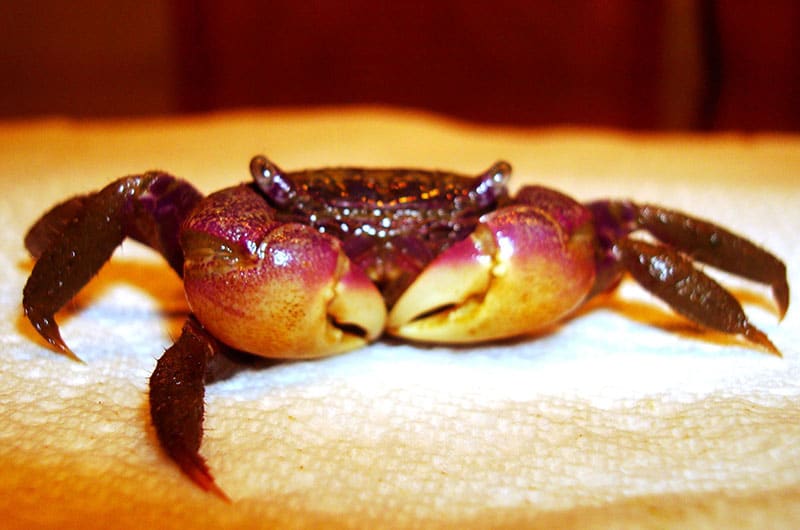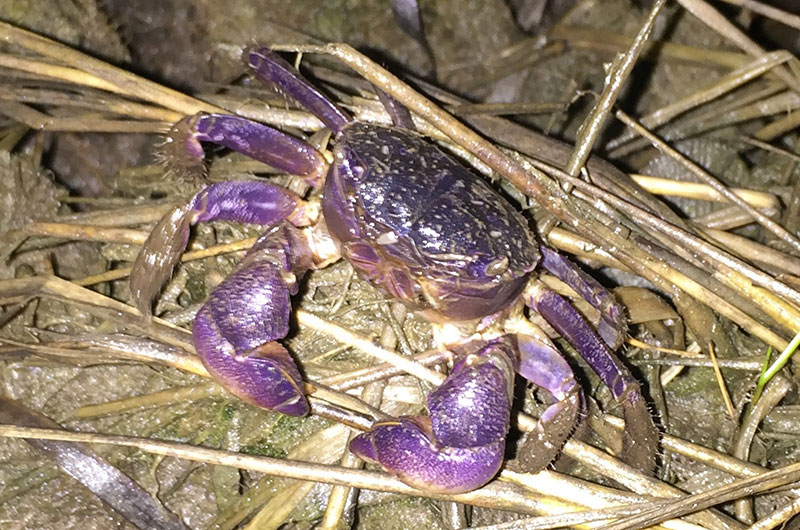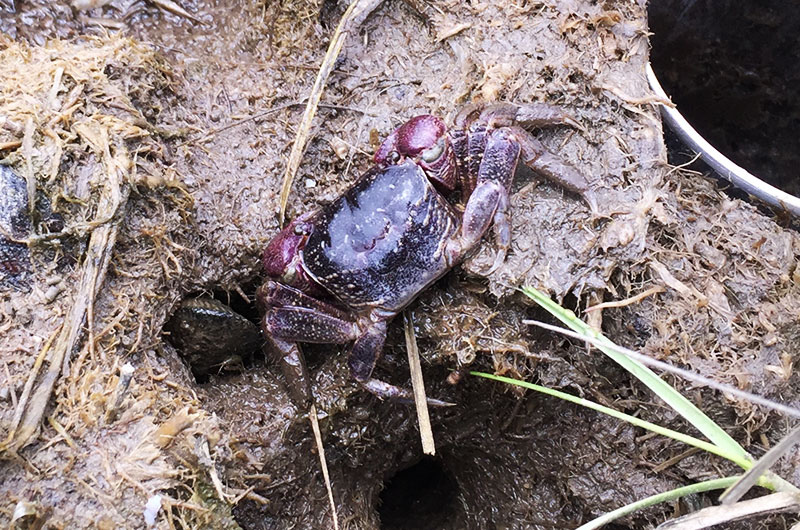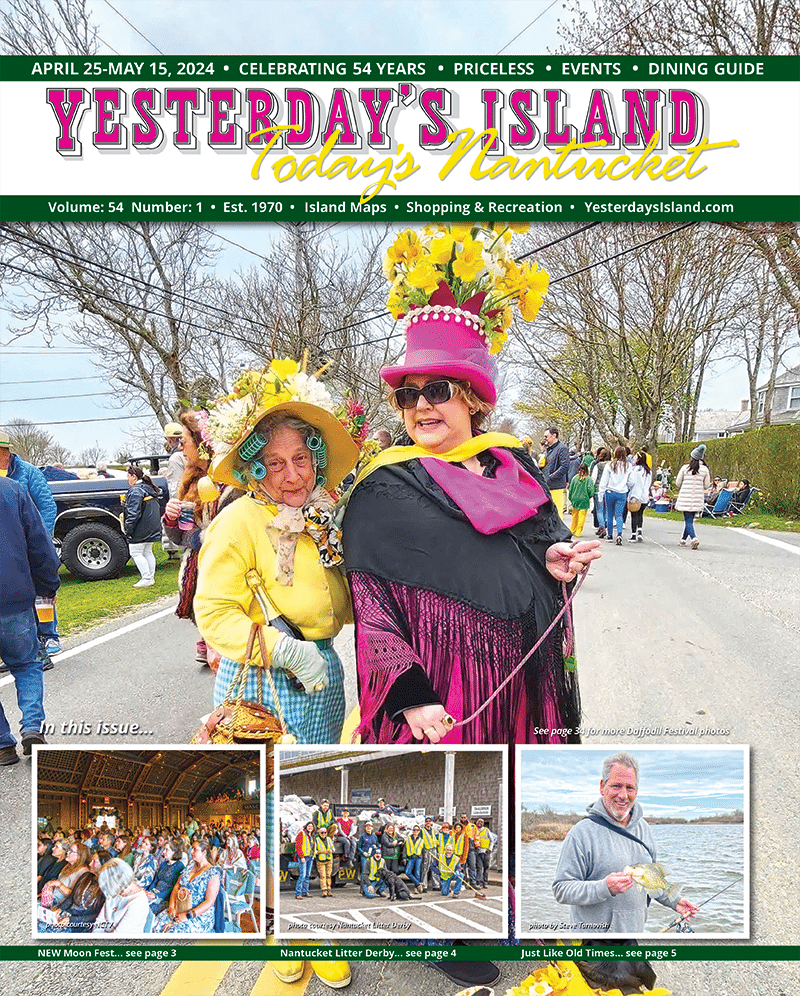~ by Marc Hensel and Dr. Sarah D. Oktay ~
Director, University of Massachusetts Nantucket Field Station.

Before the mayhem let’s learn a bit more about the battlefield/research arena. We are blessed to have the 17 acre Folger’s marsh as the centerpiece of the Nantucket Field Station. It is populated by an enormous menagerie of egrets, herons, and cormorants among other marsh birds. A natural undisturbed marsh with a minimum of mosquito ditches will have deep canals connecting small isolated ponds and very shallow salt pannes in a marsh system to allow normal tidal flow and mosquito-larvae-eating fish such as Fundulus (killifish) to reach all areas of a marsh where mosquitoes might breed. The tide is the dominating characteristic of a salt marsh. The salinity (salt content) of the incoming tide defines the plants and animals that can survive in various sections of a marsh. The vertical range of the tide determines flooding depths and thus the height of the vegetation, and the tidal cycle controls how often and how long vegetation is submerged. Two areas are delineated by the tide: the low marsh and the high marsh. The low marsh generally floods and drains twice daily with the rise and fall of the tide; the high marsh, which is at a slightly higher elevation, floods less frequently. Native marsh vegetation such as Spartina alterniflora (smooth cordgrass or saltmarsh cordgrass) and Spartina patens (salt meadow cordgrass or salt marsh hay) fill in naturally in the low marsh and high marsh respectively.
The salt marsh is one of the most productive ecosystems in nature, with the total biomass created daily rivaling a typical rainforest. In addition to the solar energy that drives the photosynthetic process of higher rooted plants and the algae growing on the surface muds, tidal energy repeatedly spreads nutrient-enriched waters over the marsh surface. Some of this enormous supply of live plant material may be consumed by marsh animals, but most of the vegetation dies and is decomposed by microorganisms to form detritus. Dissolved organic materials are released, providing an essential energy source for bacteria that mediate wetland biogeochemical cycles (carbon, nitrogen, and sulfur cycles). A healthy marsh typically increases in height gradually (by millimeters) as this sediment accumulates; this provides a fragile balance between subsiding coasts and increasing sea levels. The salt marsh serves as a sediment sink, a nursery habitat for fishes and crustaceans, a feeding and nesting site for waterfowl and shorebirds, a habitat for numerous unique plants and animals, a nutrient source, a reservoir for storm water, an erosion control mechanism, and a site for aesthetic pleasure. Appreciation of the importance of salt marshes has led to federal and state legislation aimed at their protection. Scientists have calculated that for every square mile (640 acres) of salt marsh filled in, another foot of storm surge occurs. Now, as sea level rise is overcoming sinking or dredged wetlands, we are starting to value, both scientifically and economically, the worth of this land.
Recently Cape Cod has been experience a die off of saltmarshes that has been attributed to several factors including increased nutrient inputs and an overabundance of a native purple marsh crab that can decimate Spartina alterniflora and cause dead zones along the channels as ribbed mussels and the cordgrass that surround them break down. The name of this native creature is the purple marsh crab (PMC) or Sesarma reticulatum. Their overpopulation, caused by over-harvesting by recreational fishermen of its natural predators such as blue crabs, striped bass, smooth dogfish and cod, has been blamed for the decline in cordgrass found in the salt marshes of Cape Cod and the decrease in the extent of salt marshes on the Atlantic coast of North America due to increased erosion. The explosion in the population of Sesarma crabs has provided additional food to night herons. The crabs eat marsh grass not only from above but underground in tunnels they construct.

Carcinus maenas is a small shore crab (adults measure about 3” across) whose native distribution is along the coasts of the North and Baltic Seas. The shell (carapace) color can vary widely from green to gray, yellow, or brown. Juveniles can change color to match their surroundings. Adults are generally dark greenish with yellow markings. The underside is often bright red or yellow. Green crabs do not have the last set of swimming legs or paddles seen on the rear of blue crabs, although their last pair of legs are slightly flattened and lined with little hairs or setae.
What makes this invasive species so prolific and dangerous? The green crab is an effective forager, adept at opening bivalve shells. Studies have shown it to be quicker and more dexterous than other crabs and capable of improving its food gathering skills over time (that’s all we need, a learning crab). It preys on a multitude of organisms, including clams, oysters, mussels, marine worms, and small crustaceans, making it a major potential competitor of our native fish and bird species. At the turn of the century, this species basically wiped out the soft-shelled clam industry of Maine and the surrounding waterways, and it has been implicated in shellfish population reductions for both bay scallops and quahogs. The Nantucket and Madaket Harbors Plan has an action item that involves a bounty on green crabs and most scallopers kill them on sight due to their predation on scallops and whelk. But the green crab may be filling a niche that has been abandoned by their larger cousins, the blue crabs. Blue crabs and lady crabs would have likely been predators for purple marsh crabs which are a native crab species found on Nantucket. Purple marsh crabs are relatively unknown here because they are a nocturnal species that is seldom seen or captured in traps.
We can learn more about this by reading Marc Hensel’s blog which can be found at http://www.marshlife.org/. Marc is a student in my UMass Boston colleague, Jarrett Byrnes, lab (more at http://byrneslab.net/). I asked Marc to clue me in on what he is doing so people understand why we have little corrals and cages around the marsh. Below is a subset of his research overall and a description of what may be happening and how he hopes to determine exactly what may be controlling the purple marsh crab populations.
“Salt marshes dominate the protected coastlines of the Atlantic Ocean from Canada to South America and are one of the world’s most valuable ecosystems. Because of their location on the border of terrestrial and marine ecosystems, marshes act as sponges for runoff, are a factory that churns out millions of juvenile fish, crabs and shrimp, and are important buffers for storm protection. In turn, their position on the coast means that they are affected by species interactions from both terrestrial (e.g. birds, mammals) and marine (e.g. fish, crabs) habitats. For example, in Cape Cod salt marshes, overfishing has reduced the number of marine predators, such as striped bass and cod, causing population densities of the native, herbivorous purple marsh crab, Sesarma reticulatum, to increase across its natural range. Increased above and below-ground purple marsh crab grazing from these dense populations has caused massive die-off of the foundation species Spartina alterniflora and subsequent creek bank erosion (Holdredge et al. 2009, Coverdale et al. 2012). Recent experiments indicate that the exclusion of predators increases S. reticulatum grazing and subsequent erosion of marsh creek banks in Cape Cod (Altieri et al. 2012), but the specific predators that are responsible for reducing crab densities are unknown and likely vary from marsh to marsh.

My field experiment will help understand the relative importance of predators that come in on the high tide (i.e. blue crabs, green crabs, striped bass, etc.) and predators that hunt during low tide (i.e. oystercatchers, egrets, gulls, willets, whimbrels, etc.). Salt marshes creek banks are lined with organisms that have different effects on marsh functioning; fiddler crabs increase grass productivity by aerating the soil and clearing dead material off the surface, ribbed mussels bind the sediment and stabilize grasses, purple marsh crabs (at low densities) help aerate soils through intricate burrowing but can overgraze banks if their populations grow. We know that all of these species are common prey items for birds and crabs and fish, but we don’t know how each of these predators affects these important creek bank organisms and, in turn, how that affects the ability for a marsh to protect us from storms, to filter our runoff, or to provide habitat for those commercial species we care about. More often than not, large scale changes to coastal ecosystems (e.g. removal of large predators, invasions, increased pollution) have cascading effects on the structure and function of the whole food web, and manipulative field experiments are an excellent way to understand these impacts.
Green crabs are known to compete with the purple marsh crab for burrows, but our work on Nantucket will be the first to document actual predation by green crabs on purple marsh crabs. Of course this is because not many people are using GoPros in marshes yet. Also, we have strong evidence that blue crabs may feed on purple marsh crabs based on a video that shows a blue crab fighting a green crab for a purple marsh crab (that’s a lot of colored crabs!). The crab fight went off-screen, but I would guess that the blue crab wins (other research has shown that it beats up on the green crab and Asian shore crab!) The purple marsh crab has become famous in New England as of late because, as the story goes, its natural predators have been overfished and the PMC’s densities have increased drastically throughout its native home range. These huge population booms have been the cause of large stretches of marsh die-off in Cape Cod and out here on Nantucket. It’s not the purple marsh crabs fault though. They are just doing what they do best- munching on grass!”
Great work that may lead us to saving more green crabs than just killing them on sight, if green crabs are keeping the PMC population down, then maybe they have become an important niche predator. To learn more about salt marshes check out this video made of Folger’s Marsh https://www.youtube.com/watch?v=gMggDV9JoaE describing basic salinity and oxygen measurements. I have written before about the Nantucket Conservation Foundation’s efforts to restore Medouie Creeks salt marsh after decades of mosquito ditches have infilled and restricted salt water flow into the back of the marsh http://yesterdaysisland.com/2008/features/14.php. That same summer I also wrote about the green crab: http://yesterdaysisland.com/2008/features/bullies.php.
References:
Altieri, A. H., M. D. Bertness, T. C. Coverdale, N. C. Herrmann, and C. Angelini. 2012. A trophic cascade triggers collapse of a salt-marsh ecosystem with intensive recreational fishing. Ecology 93:1402–10.
Coverdale, T. C., A. H. Altieri, and M. D. Bertness. 2012. Belowground herbivory increases vulnerability of New England salt marshes to die-off. Ecology 93:2085–94.
Holdredge, C., M. D. Bertness, and A. H. Altieri. 2009. Role of crab herbivory in die-off of New England salt marshes. Conservation Biology 23:672–9.


